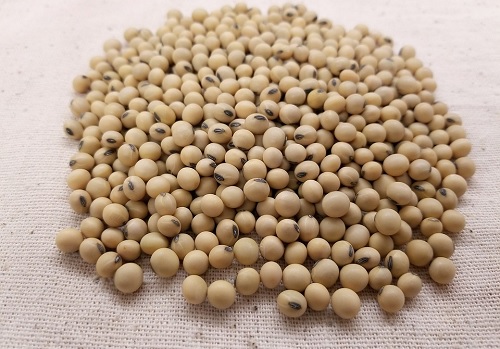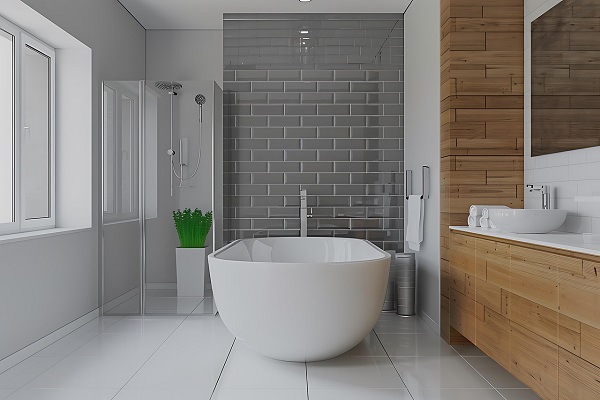U.S. Soybean Output Falls on Dry Spell; Supplies Remain Abundant by Amit Gupta, Kedia Advisory

U.S. soybean and corn production dropped from previous expectations due to a dry end-season, according to the USDA’s recent report. Despite lower yields, the soybean crop is the second-largest in U.S. history, while corn harvest ranks third. End-of-season supplies are set to hit five-year highs, providing ample stock for domestic feed users. Soybean futures touched a one-month high on production cuts but later dipped over demand concerns and competitive export pressure from Brazil. The USDA now estimates soybean production at 4.461 billion bushels with yields of 51.7 bpa, lower than October’s figures. Analysts see supply as sufficient but are cautious about future price stability.
Key Highlights
* U.S. soy and corn production fell short due to dry weather.
* USDA reports second-largest soybean harvest in U.S. history.
* Soybean and corn supplies reach five-year highs despite yield drops.
* Soybean futures peaked briefly before demand concerns cut gains.
* Competition with Brazil and trade tensions pressure soy prices.
U.S. soybean and corn production fell below earlier expectations as dry weather conditions impacted yield potential in the latter half of the growing season. The USDA’s latest report confirmed that soybean production is estimated at 4.461 billion bushels with an average yield of 51.7 bushels per acre, down from October’s 4.582 billion bushels and yield of 53.1 bpa. Corn production reached 15.143 billion bushels with a yield of 183.1 bpa, also a slight decrease from the previous forecast. Despite these reductions, both crops have abundant end-of-season stocks, projected to reach five-year highs, providing a comfortable supply for feed users.
Soybean futures on the Chicago Board of Trade initially responded to production cuts, reaching a one-month peak. However, the market quickly pared gains amid persistent demand concerns. Prices have struggled near multi-year lows as export competition with Brazil remains intense, and market uncertainties persist, especially with U.S.-China trade relations uncertain under the incoming U.S. administration.
Corn supplies are adequate rather than excessive, marking a shift from the “burdensome” levels seen previously. Lower soybean ending stocks, estimated at 470 million bushels, reflect the tighter yield outcomes, while corn stocks now stand at 1.938 billion bushels. Though supplies remain ample, the market will likely watch demand trends closely as global trade dynamics evolve.
Finally
Ample supplies provide stability despite yield drops, but competitive exports and trade tensions could keep U.S. soy and corn prices under pressure.
Above views are of the author and not of the website kindly read disclaimer






















